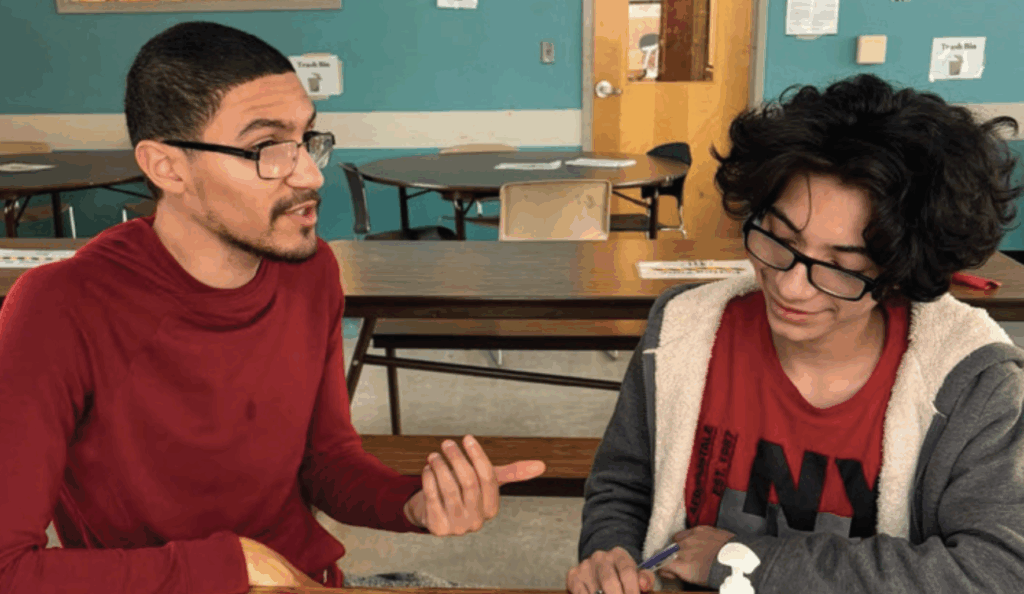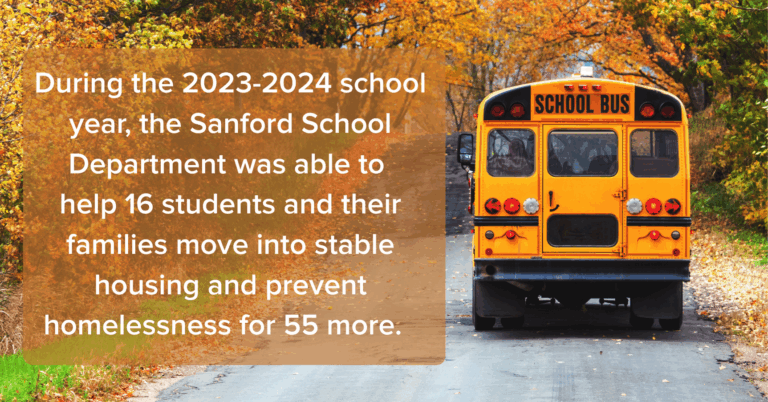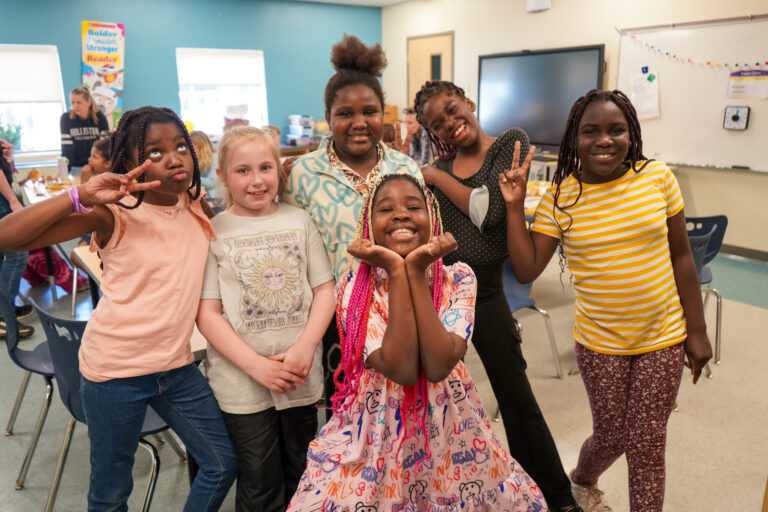An innovative collaboration is showing how community partnerships can improve student engagement and strengthen learning environments

From the moment the bell chimes at the start of class to when it rings for dismissal, schools work hard to help children be successful – offering the education and skills needed to make successful pathways into adulthood. And until that bell rings again, community-based youth organizations can be critical in supporting students not only in learning, but in building life skills, positive relationships, and a sense of belonging.
While schools and community-based youth development organizations each do important work on their own, what happens if those bells no longer define when one stops and the other begins? What happens when their spaces are blended, strategies coordinated, and the strengths of one offset the challenges of the other? When schools and community-based organizations work together intentionally, they can create a continuous environment where students feel successful, supported, and understood before, during, and after the school day.
In Lewiston, a unique and growing partnership between Lewiston Public Schools and Tree Street Youth Center is showing just how powerful that kind of collaboration can be. Together, they have launched several innovative programs that are engaging students in new ways and making schools better spaces for learning and growth.
Co-Designed Programming Engages Students


Co-founded and led by Julia Sleeper, Tree Street Youth serves 1,200 Lewiston students each year with youth-centered programs that encourage leadership, learning, and exploration. As a Lewiston teacher, former principal of both the middle and high schools, and now district Superintendent, Jake Langlais has long admired the center’s effect on kids.
“We had students who would struggle at school during the day but then flourish at Tree Street because of their connection with the staff and the way they were able to communicate and build relationships,” Langlais said. “You wouldn’t even know that school was hard for them.”
As the district has worked to improve student engagement and graduation rates, Lewiston Public Schools has partnered with Tree Street to bring that same energy into the school day. Launched in 2018, their first collaboration was Next STEP, a grade 9–12 academic program co-designed by both organizations as a dynamic, individualized school experience. Growing from 20 students in its first year to 80 currently, the program has seen annual graduation rates as high as 93%.
Building on that success, Langlais and Sleeper sought to build on the learnings of Next STEP and reach more students. With investments from the John T. Gorman Foundation, Tree Street Youth and the district, resources have been leveraged to launch several new programs:
- BRANCHES – Building off Tree Street’s afterschool program, a mix of Tree Street staff and school educators are located in both the middle and high school to offer students social-emotional and academic support, mentoring, and connection to resources.
- OWL – Recognizing middle school as a pivotal time of transition, this program supports students at risk of disengagement. Students receive full-day academic support and coaching at Tree Street, proactively building their skills to return to larger school settings.
- RootED – A highly supportive restorative program for students who have been expelled or suspended that supports them in developing and following through with a plan to return to school. While based at Tree Street, the program allows students to remain connected to district staff as they work toward reenrollment.
In addition, a co-designed effort with Montello Elementary leadership led to “TreeSource,” a 10-week pilot by Tree Street staff to support students with social-emotional coaching and calming strategies.
Combined, the interventions served nearly 700 students across the district last school year.
Positive Spaces Support Learning and Development
While partners are closely tracking data to measure how interventions are working and where additional support is needed, early results show positive effects:
- 558 students engaged with BRANCHES program supports over the course of last school year.
- Participants in OWL’s pilot year saw a 70% reduction in behavioral incidents.
- 25 RootED students have returned to school after expulsion or long-term suspension.
- Over 10 weeks, TreeSource resulted in a 50% reduction in behavioral incidents.
As Langlais and Sleeper reflect on these programs, several themes emerge: using school data to identify where targeted interventions are needed, leveraging community-based youth development staff to support student engagement with educators, and exchanging spaces and staff so students are in the best environment to learn.
Both stress the importance of designing programs around specific student needs, rather than generalized stereotypes. The partners focus on what’s required for a particular student—or group of students—to succeed, then build from there. “When you solve a puzzle for an individual child, it actually has major implications for the rest of the community,” said Sleeper.
“If it works here,” Langlais added, “how could it work again?”
Principles of Partnership
While Sleeper and Langlais acknowledge that there can be challenges to crossing traditional boundaries between schools and community-based youth development organizations, they point to several principles that have allowed their collaboration to flourish: open, honest communication; respect for each other’s constraints; and acknowledgment that neither can do it all on their own.
While the process isn’t always smooth, Langlais says the benefits far outweigh the challenges.
“We understand that walking across these well-established barriers can create pressures and resistance and constraints,” he said. “But we navigate it together so we can keep improving and impacting kids in a positive way.”



